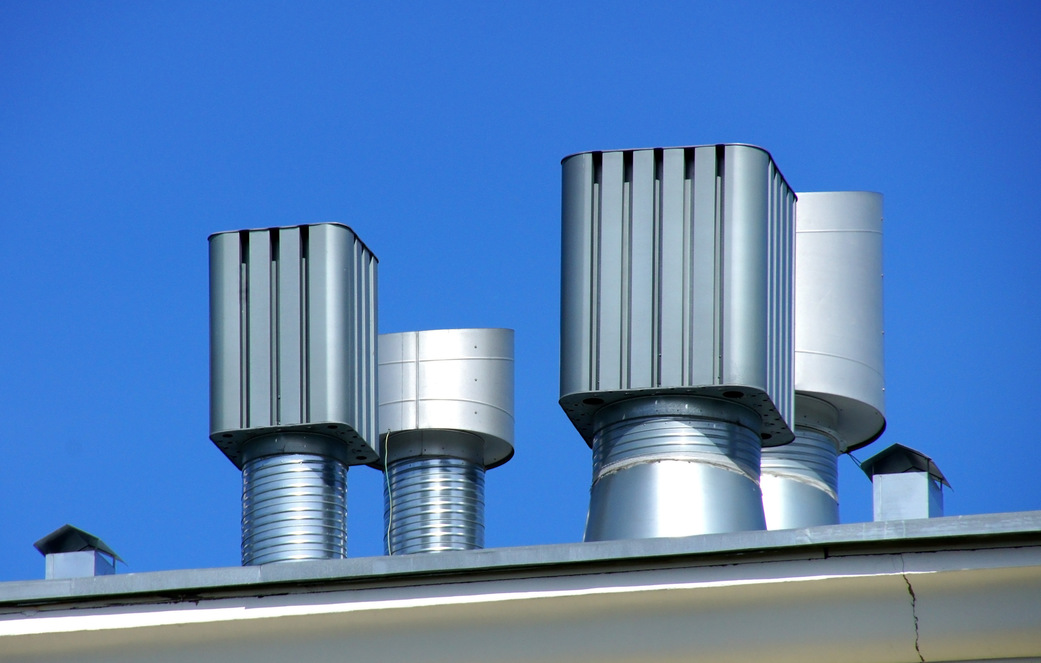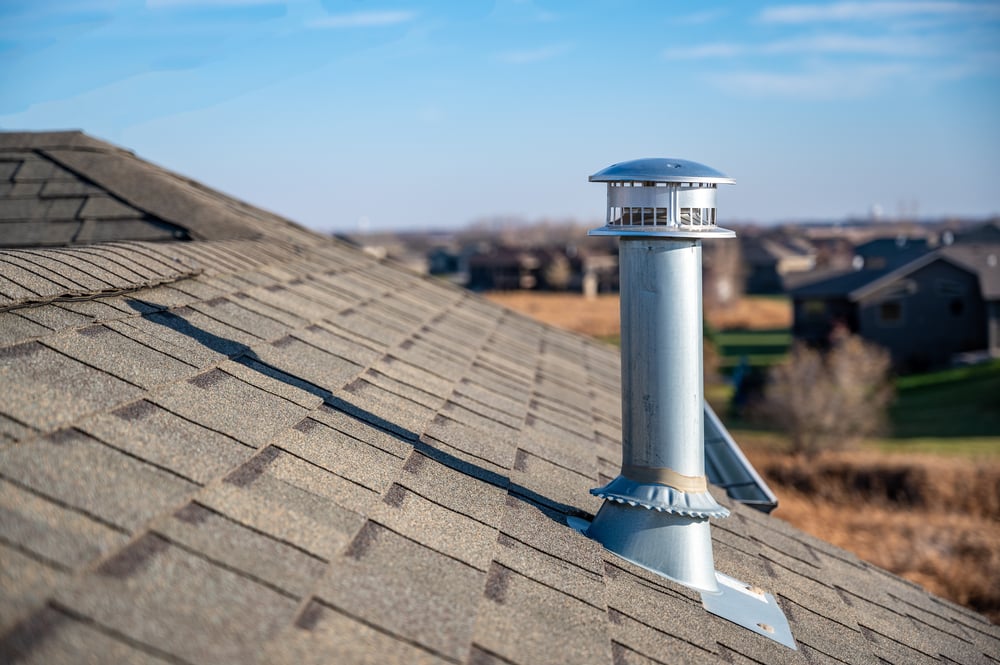How Adequate Ventilation is Crucial for Plumbing Systems
How Adequate Ventilation is Crucial for Plumbing Systems
Blog Article
Everyone has their own unique theory on the subject of Essential Plumbing Vent Pipes: Understanding Their Role.

Proper ventilation in plumbing systems is frequently ignored, yet it is essential for maintaining the capability and safety and security of your home's plumbing. Air flow helps manage air pressure, avoid the buildup of harmful gases, and ensure the reliable elimination of waste. In this overview, we will certainly check out the relevance of appropriate pipes air flow, just how it functions, and the benefits it brings to your pipes system.
Recognizing Ventilation in Pipes
Ventilation in plumbing describes the network of pipes that permit air to flow through the water drainage system. These vents offer multiple objectives, consisting of regulating air pressure within the pipes, stopping drain gases from going into the home, and aiding in the smooth flow of wastewater.
Just How Air Flow Works in Plumbing Equipments
Air Pressure Regulation
Correct air flow keeps balanced air pressure within the pipes system. When water moves with pipes, it displaces air. Without adequate ventilation, this variation can create unfavorable stress, causing slow down drains pipes or siphoning of water from catches, which can trigger undesirable smells to seep right into the home.
Stopping Drain Gas Build-up
One of one of the most vital functions of plumbing vents is to stop drain gases, such as methane and hydrogen sulfide, from building up within the home. These gases can posture major wellness risks and are extremely combustible. Vent pipelines permit these gases to get away safely outside.
Helping in Waste Elimination
Ventilation helps in the reliable removal of wastewater by preventing airlocks in the water drainage system. When air can stream easily via the vents, it permits water and waste to flow smoothly through the pipes, decreasing the risk of clogs and backups.
Sorts Of Pipes Vents
Main Heap Vent
The main stack vent, likewise known as the air vent pile, is the main vent in a pipes system. It expands from the primary drainpipe align with the roofing, enabling gases to leave and fresh air to enter the system.
Branch Vent
Branch vents attach to the primary pile air vent and serve individual components, such as sinks, bathrooms, and showers. These vents make sure that each fixture has adequate ventilation to function properly.
Air Admittance Shutoff (AAV).
An Air Admission Shutoff (AAV) is a one-way shutoff that enables air to get in the plumbing system without the demand for a traditional air vent pipe extending through the roofing. AAVs are typically used in restorations or areas where setting up a basic air vent is unwise.
Indications of Poor Ventilation in Plumbing.
Slow Draining Fixtures.
If your sinks, tubs, or toilets are draining gradually, it could be an indicator of poor air flow. Insufficient air circulation can develop a vacuum cleaner result, making it challenging for water to drain pipes properly.
Gurgling Sounds.
Gurgling noises coming from drains are frequently a result of air being sucked with water catches as a result of adverse stress in the pipelines. This is a clear sign of insufficient air flow.
Undesirable Odors.
Sewer smells inside your home are a warning that your plumbing system is not effectively ventilated. This can indicate that drain gases are not being effectively vented outside, leading to potentially dangerous conditions.
Usual Air Flow Errors.
Insufficient Vent Sizing.
Using undersized air vent pipelines can cause inadequate air circulation and pressure imbalances in the system. It's essential to utilize vents that satisfy the details requirements of your pipes system.
Improper Vent Positioning.
Putting vents also far from the fixtures they serve can reduce their effectiveness. Appropriate placement makes sure that air can flow openly and successfully through the system.
Ignoring Code Requirements.
Building codes supply certain guidelines for pipes air flow. Neglecting these codes can result in a system that stops working to function properly and may lead to costly repairs or carcinogen.
Benefits of Proper Air Flow.
Enhanced System Effectiveness.
Correctly ventilated pipes systems run more efficiently, with fewer blockages, faster draining, and much less strain on the pipelines. This efficiency prolongs the life-span of the plumbing system.
Improved Air High Quality.
By protecting against sewer gases from entering your home, appropriate air flow contributes to better interior air high quality, making your living setting healthier and extra comfortable.
Avoiding Water Damage.
Adequate ventilation aids prevent water from being siphoned out of catches, which can lead to drain gases going into the home and triggering water damages gradually.
Actions to Make Sure Correct Ventilation.
Consulting Plumbing Codes.
Always get in touch with neighborhood plumbing codes when making or modifying your pipes system. These codes provide the necessary standards for proper airing vent and guarantee your system meets safety and security criteria.
Routine Evaluation and Upkeep.
Regular evaluations can help identify prospective ventilation problems prior to they become significant issues. Upkeep jobs, such as cleansing vent pipelines and checking for clogs, are important for keeping the system in good working order.
Specialist Installation.
For brand-new setups or major alterations, it's wise to employ an expert plumbing professional. They have the experience to guarantee the ventilation system is appropriately designed and mounted according to code.
Final thought.
Proper air flow is a critical element of any kind of pipes system, making sure that it operates successfully and securely. By recognizing the relevance of ventilation, recognizing the indicators of inadequate air flow, and taking steps to maintain your system, you can protect against expensive concerns and protect your home's air quality.
4 Things You Should Know About Your Plumbing Vents
What Plumbing Vents Are
Also called a vent stack, a plumbing vent is a vertical pipe attached to your drain line that runs through your roof. The plumbing vent pipe, or plumbing air vent, removes gas and odors from your plumbing system and allows fresh air to enter the pipes, helping the water to flow out of the drain pipes.
What Plumbing Vents Do
Plumbing vents have two basic functions. One of which is to allow unpleasant smelling wastewater and sewer gasses to escape your plumbing system instead of entering your home. Plumbing vent pipes are typically located on roofs, away from windows, to ensure the fumes exit the home completely.
The other function of the plumbing vent is to move fresh air into your plumbing system. This helps move water through every plumbing fixture in your house, like toilets and sink drains. Think of the way in which you need to let a little air into the bottle as you pour soda in order to make the drink flow smoothly.
Different Types of Plumbing Vents
True vent: This is the most common vent option. In simplest terms, a true vent is a vertical pipe attached to your drain line that exits through the roof. They often function as the main vent that other fixtures can connect to. Re-vent pipe or auxiliary vent: Attached to the drain line near specific plumbing fixtures, re-vent pipes run up and over to connect to the main vent. Common vent: Two plumbing fixtures installed on opposite sides of a wall are typically tied into the vent stack using something known as a sanitary cross. Wet vent: This venting option operates as a drain pipe and a vent at the same time. Wet vent drainage systems drain water from one fixture while venting the air from another. Although they’ve been used for over 100 years, wet vent systems have only recently been added to the plumbing code in many areas. If you’re planning on installing one in a bathroom remodel, make sure you check your local code prior to construction. Loop vent: For free-standing fixtures like kitchen island sinks, loop vents are ideal. These vent pipes run under the floor, rise from the P-trap, and create a loop inside the cabinet sink. Air admittance valve: An AAV is a one-way mechanical valve typically installed at the site of the plumbing fixture. AAVs allow venting to occur without having to tie into a larger venting system. They’re ideal for venting fixtures where you aren’t able to easily connect to an existing vent system. Common Plumbing Vent Issues
Although vent pipes typically don’t have water flowing through them, they’re still subject to many typical plumbing issues. For example, clogs are one of the most common problems associated with sewer vent pipes. If your vent pipe gets clogged, all of your plumbing fixtures tied into the vent stack will be affected.
A sink with a slow drain that bubbles and gurgles or a strong sewage smell around your toilet are both indicators that your toilet vent pipe is clogged. Because most vent pipes exit through the roof, old leaves, twigs or even a bird’s nest could be clogging the pipe.
Clogs in your vent pipe system cause a buildup of negative pressure, meaning that water won’t be able to flow out of your home very well. It’s similar to putting your finger over the opening of a straw to trap water inside. When you remove your finger, the water is able to flow out of the straw.
If you suspect you have any blockage in your vent, make sure you have a professional come examine the situation. Left unchecked, a blocked air vent can lead to other costly repairs, like leaks and sediment buildup.
Under Pressure
Pipe vents are essential aspects of a home’s plumbing system. Owning a home means learning about all sorts of things you never put much thought into before. But by understanding as much as you can about the important systems of your home, you can keep those budgets intact and those anxiety levels low.
https://www.homeserve.com/en-us/blog/home-improvement/plumbing-vents/

We were made aware of that report on Essential Plumbing Vent Pipes: Understanding Their Role from a pal on a different website. Make sure you pause to distribute this content if you appreciated it. Thanks for being here. Kindly pay a visit to our blog back soon.
Details Report this page